I apologise in advanced, but this blog is going to be full of photos – why? Because this quite possibly was my favourite dive of my entire scholarship year so far and I think you all need to see this incredible place!
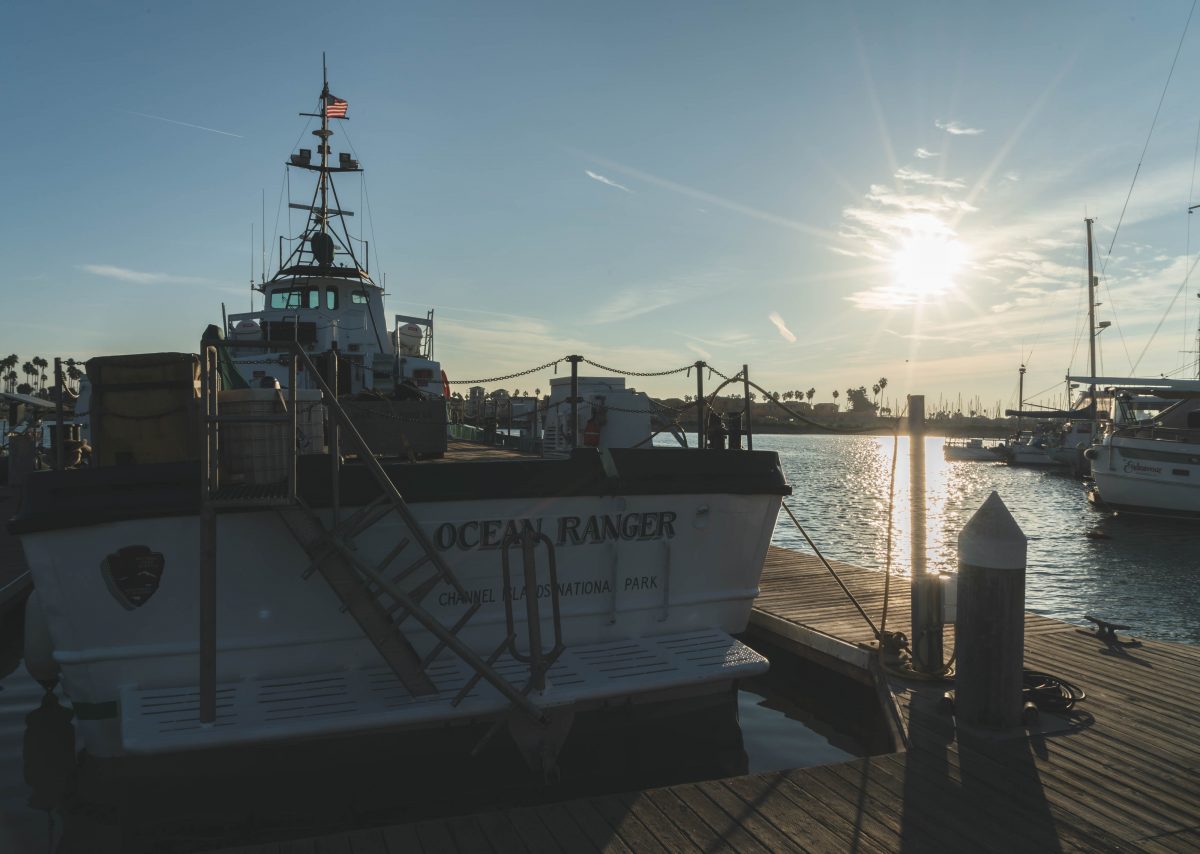
It was the day before Thanksgiving in Santa Barbra, and I was extremely fortunate enough to be hosted by 2017 OWUSS North American National Parks Intern, Shuan Wolfe and the US National Parks Service (NPS). Diving the Giant Kelp Forests of the west coast of the USA, as well as the Channel Islands National Park had been on top of my list of places to dive.
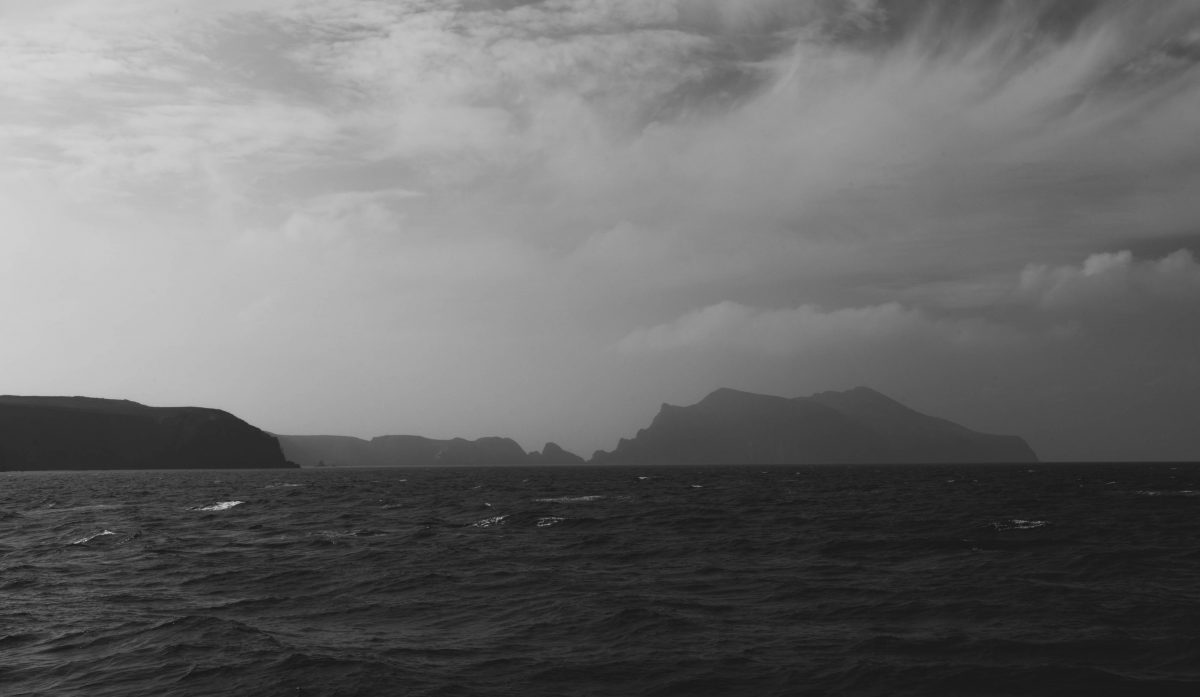
This was due to a few different reasons, the first was after growing up in a temperate reef ecosystem, I was always curious to compare another on the other side of the world. Secondly, and this reason was further enhanced after the 45th annual weekend in New York, when Shaun presented some of the work he had conducted during his internship of the effects of the urchins overgrazing the reefs. This was both reflective of my dissertation research as well as something I was curious to see and compare to the situation in Tasmania.

Anacapa Island is one of the five islands in the Channel Islands National Park. The park was established to protect, preserve and enhance the understanding of the islands’ unique past and remarkable resources. It took us just over an hour from Ventura on the mainland to get across to Anacapa Island on Ocean Ranger. This is approximately 20 kilometres and the island emerges from the ocean as an 8 kilometre long volcanic rock divided into three islets – East, Middle and West. I headed out with Shaun as well as Parks Ranger and Parks Dive Officer, Kelly Moore, who was undertaking dive training with a new group of volunteers.

In 1980, Anacapa Island was designated as part of the Channel Islands National Park, with the waters surrounding the island protected by the NPS, Channel Islands National Marine Sanctuary, and the State of California. The Channel Islands are amongst some of the richest marine ecosystems in the world and incredibly 13 Marine Protected Areas (MPAs) covering 825 square kilometres (240 square nautical miles) have been established by the State of California and the federal government to provide refuge for marine life.
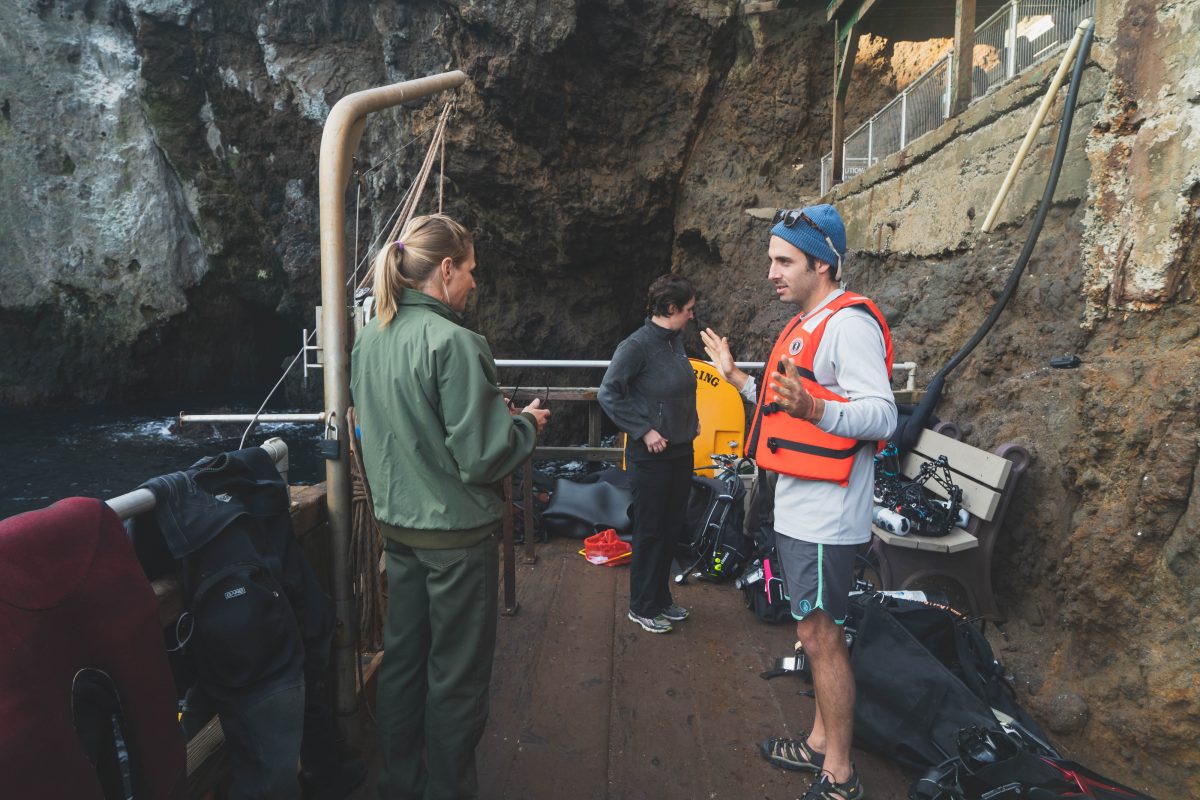
The island provides critically important habitat for native fauna and flora species on land and in the water, but particularly notable is an enormous Californian Brown Pelican rookery, in fact the largest in the United States, which you can hear as soon as you come in to close proximity of the island.
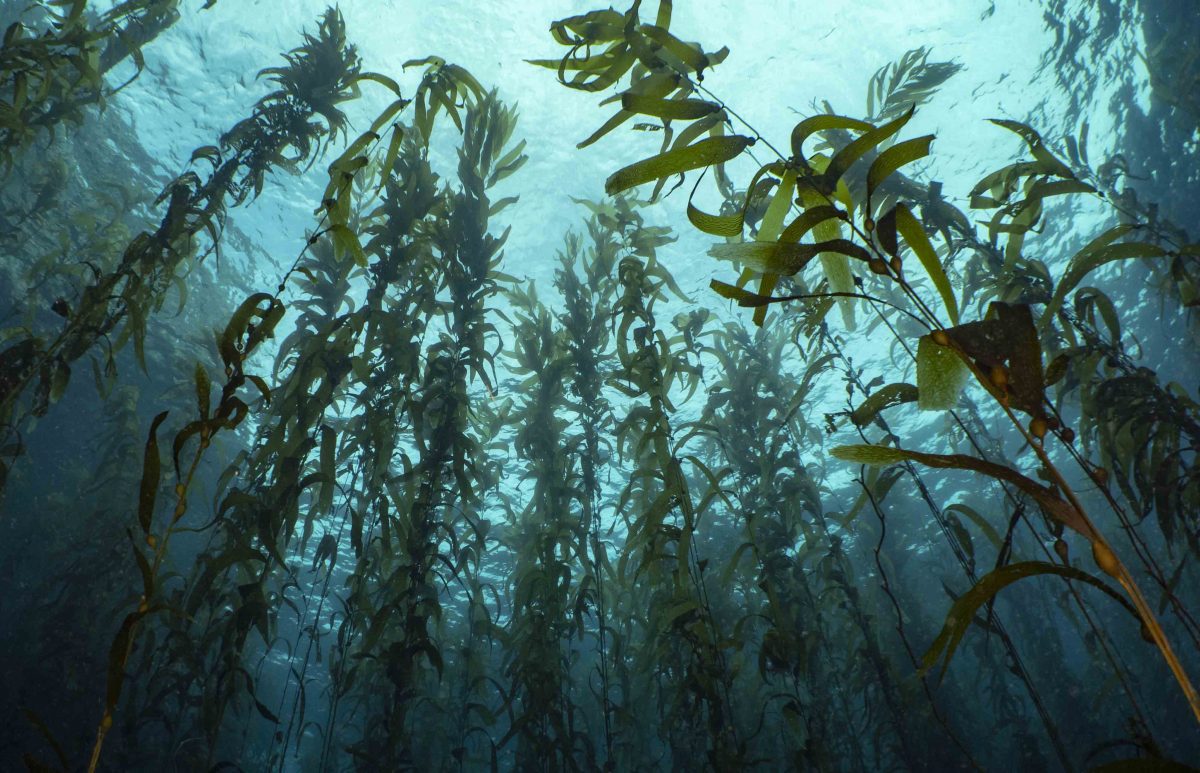
In terms of under the surface, MPAs provide an incredible opportunity for protection as well as education. The NPS have done just this and more, by allowing those that might not be able to explore the underwater world first-hand, still have an interactive experience. This is conducted by various rangers who regularly undertake live-stream interactive broadcasts whilst diving, allowing people sitting at home to ask questions and for the rangers to be able to respond in real time to their questions, whilst underwater (how amazing is that?!). As well as this, there are curriculum-based presentations for schools, and live-stream webcams for monitoring island and underwater features.
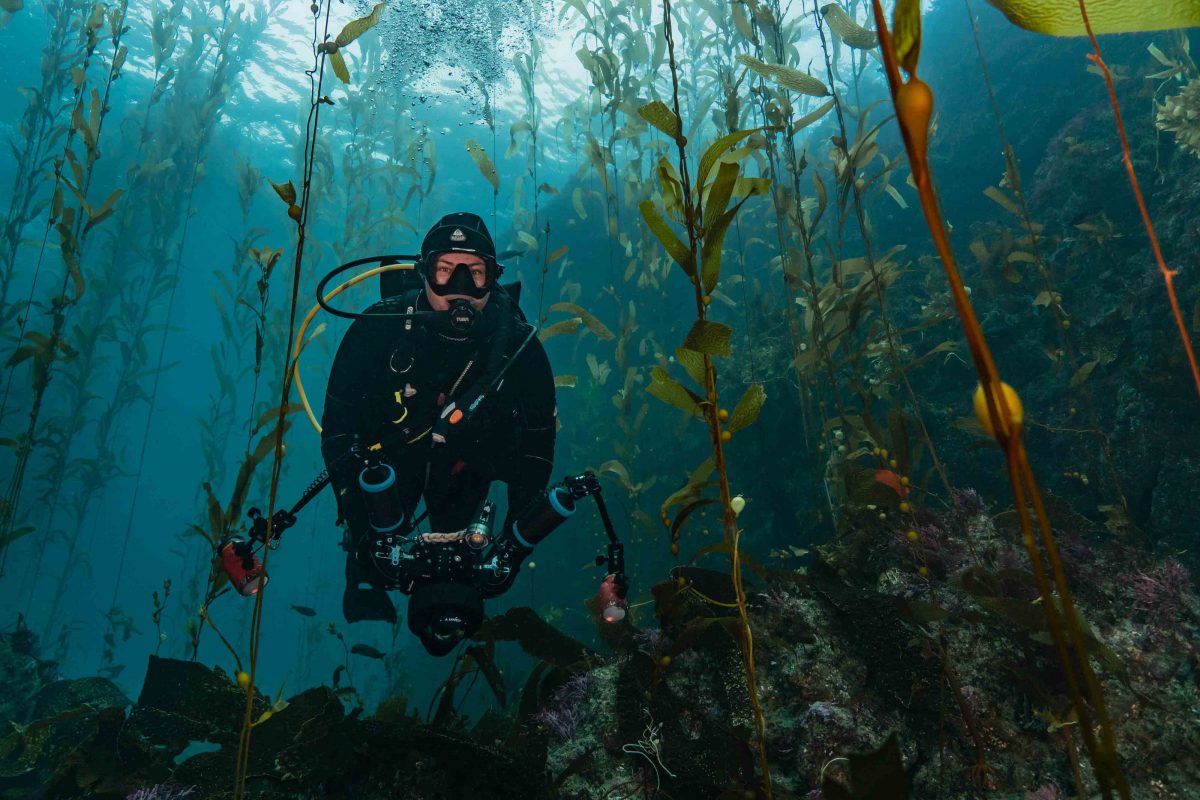
During my scholarship learning more about how we can change the “out-of-sight out-of-mind” mentality of the general public when it comes to the ocean and its importance was a major goal. This project run by the NPS aims to increase public awareness of the coastal and marine ecosystems of the park and sanctuary through education and outreach programs. This is facilitated by using remote cameras and equipment located in and around Channel Islands National Parks (both in and out of the water).

Live-streaming video and audio from the Channel Islands is facilitated through educational technology, to allow live interactive programs to be delivered directly from the Channel Islands to schools and to the public, at their desks or in their homes.
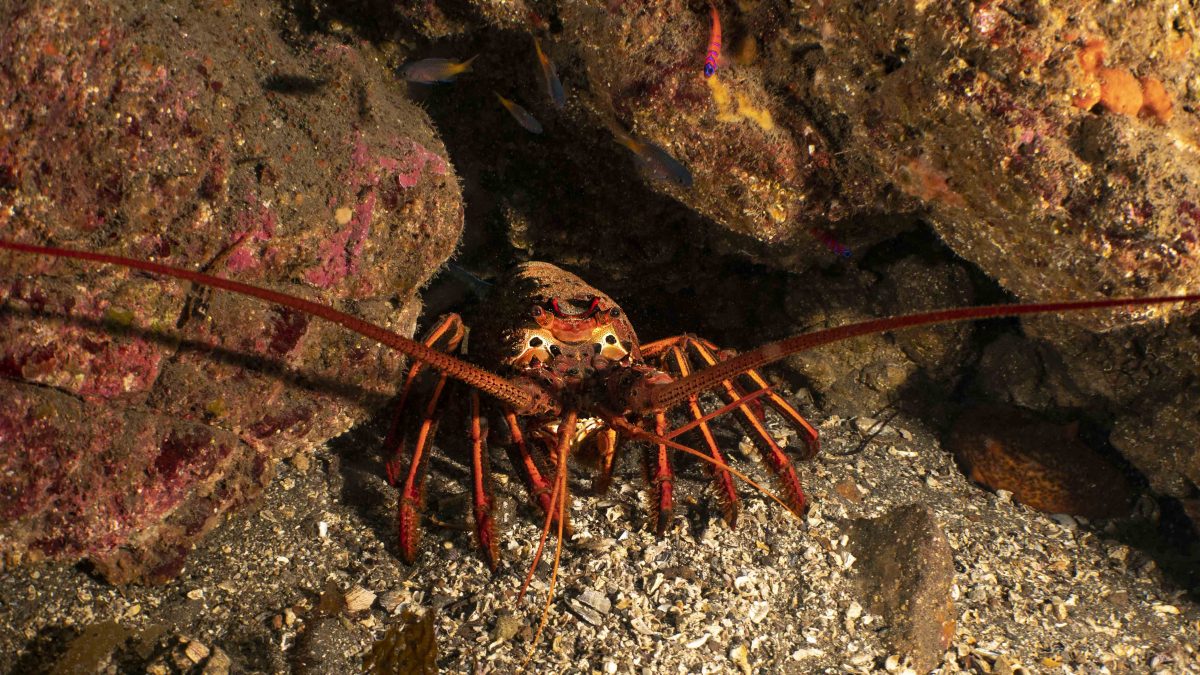
This is an incredible example of using the latest technology to allow the layperson who may not be a diver or have a true appreciation for the underwater world, an opportunity to see and experience these MPAs, and allow for a greater understanding of why these pieces of our ocean need protecting, the outcomes of protection as well as conservation.

The ultimate goal of this project will be a suite of live educational and interpretive programs produced by Channel Islands National Park, the Ventura County Office of Education and the Channel Islands National Marine Sanctuary. This will be distributed throughout the US to a range of public and private institutions, including those of both formal and informal learning backgrounds.
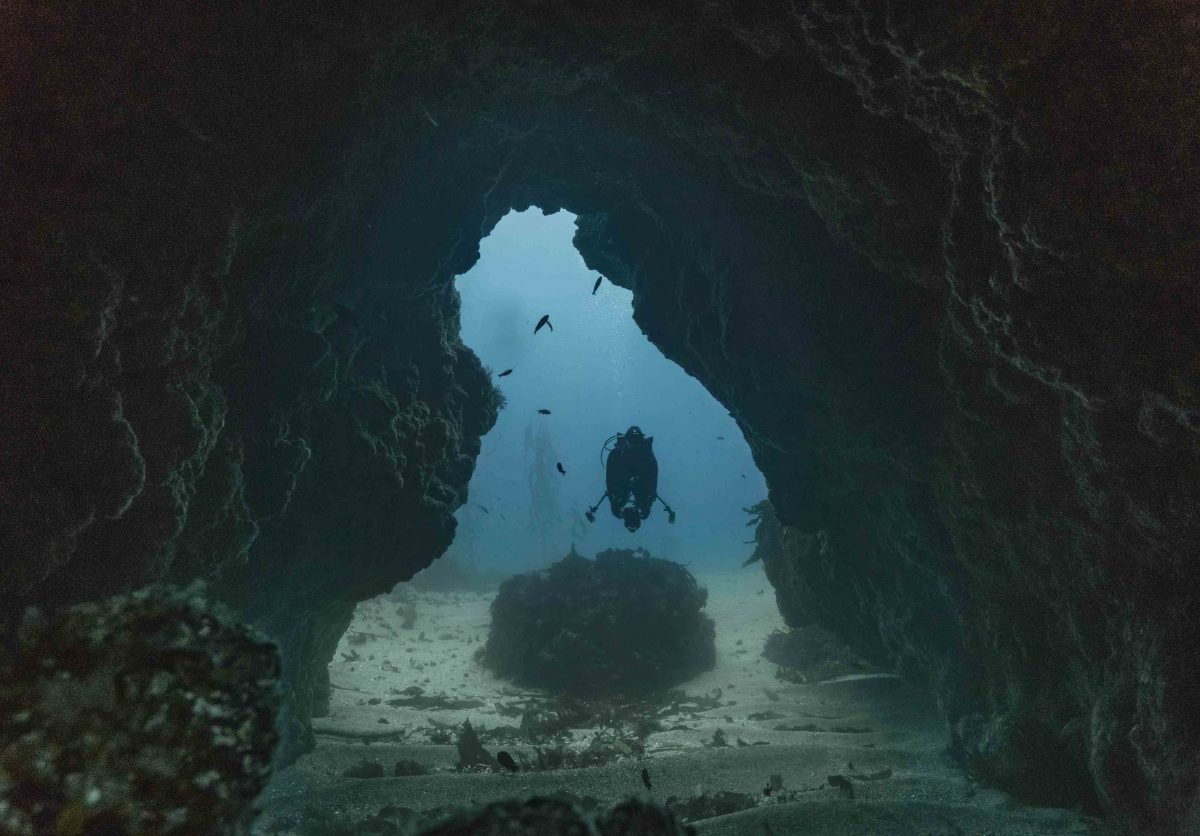

Brilliantly, this clever use of technology, education and knowledge of the park rangers, will allow for students and others to be given the opportunity to experience interactive, place-based learning— making park science, history and culture more relevant and meaningful. This incredible combination of ideas (technology, education and outreach) allows for the amalgamation of multiple influencing factors, which all play significant roles in affecting the general public’s perception of the ocean and its importance. I felt very privileged to be able to learn about this first-hand from volunteers like Shaun and Park Ranger and Dive Officer Kelly.

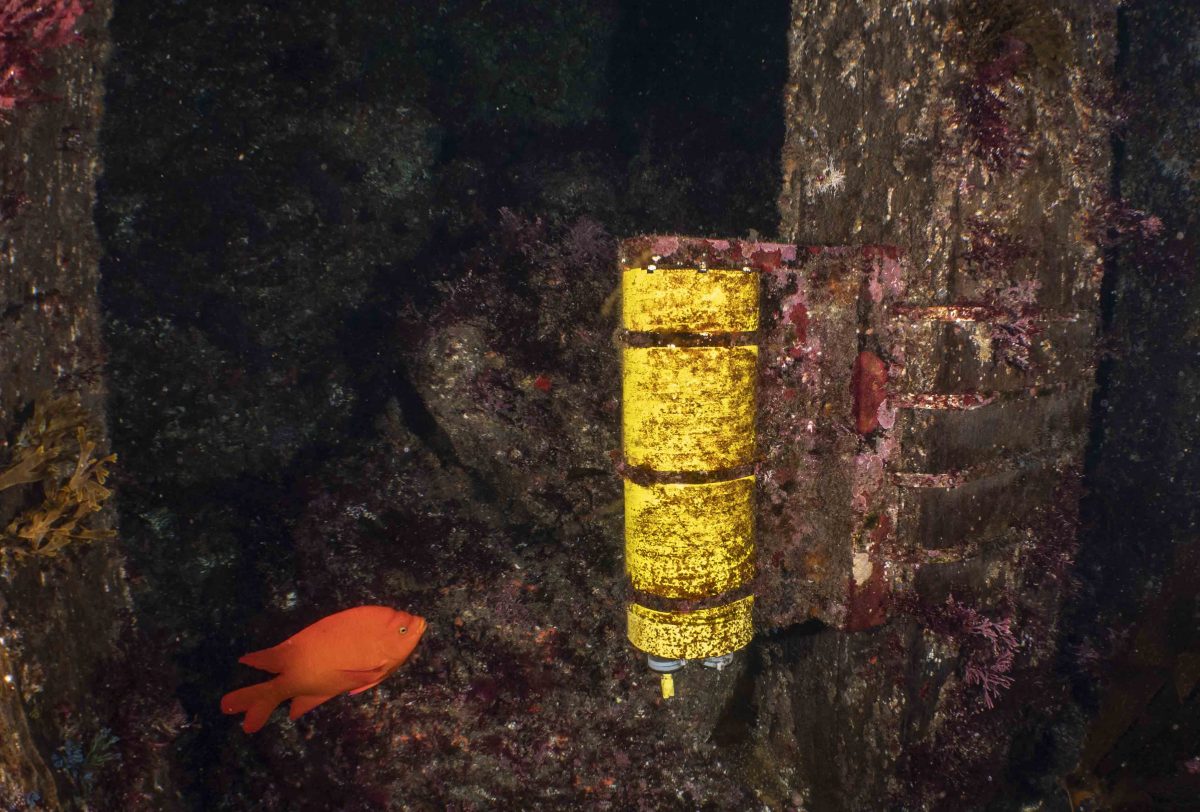
As soon as I jumped in I was absolutely blown away! A thick kelp forests with stipes rising as high as 15 metres, touching the surface waters towered above me. Fish circled me, seals zoomed past and if you closed your eyes you could here the buzzing of all the life that was surrounding you. I’ve found that this harmony is not something that is that common to come across in the ocean, but is particularly prevalent in MPAs.
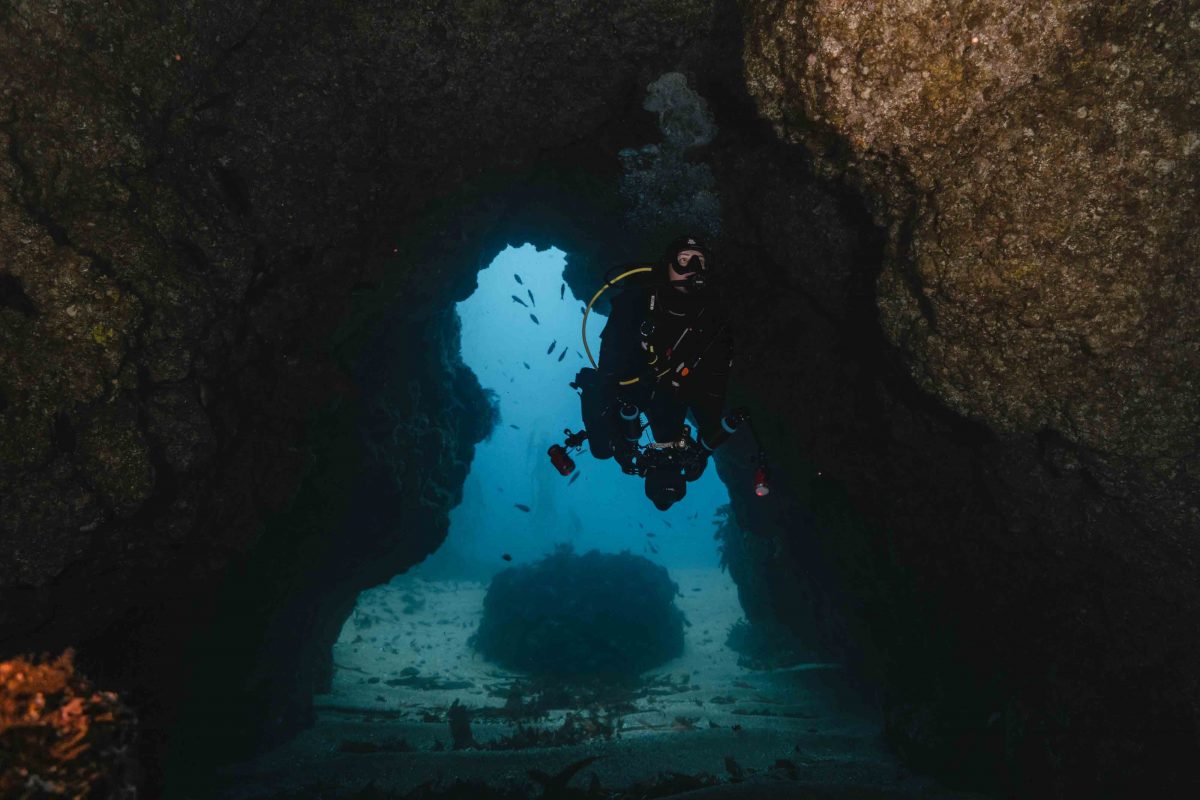


To observe, first-hand, an incredible MPA like this, particularly a temperate ecosystem, with a kelp forest as healthy of this was an honour. There are not many kelp forests as stunning as this one left around the world, due to the influences of rising ocean temperatures and the impacts on the algal physiology. Promoting their importance in ocean and ecosystem functioning is fundamental, and the US NPS do an incredible job of this.


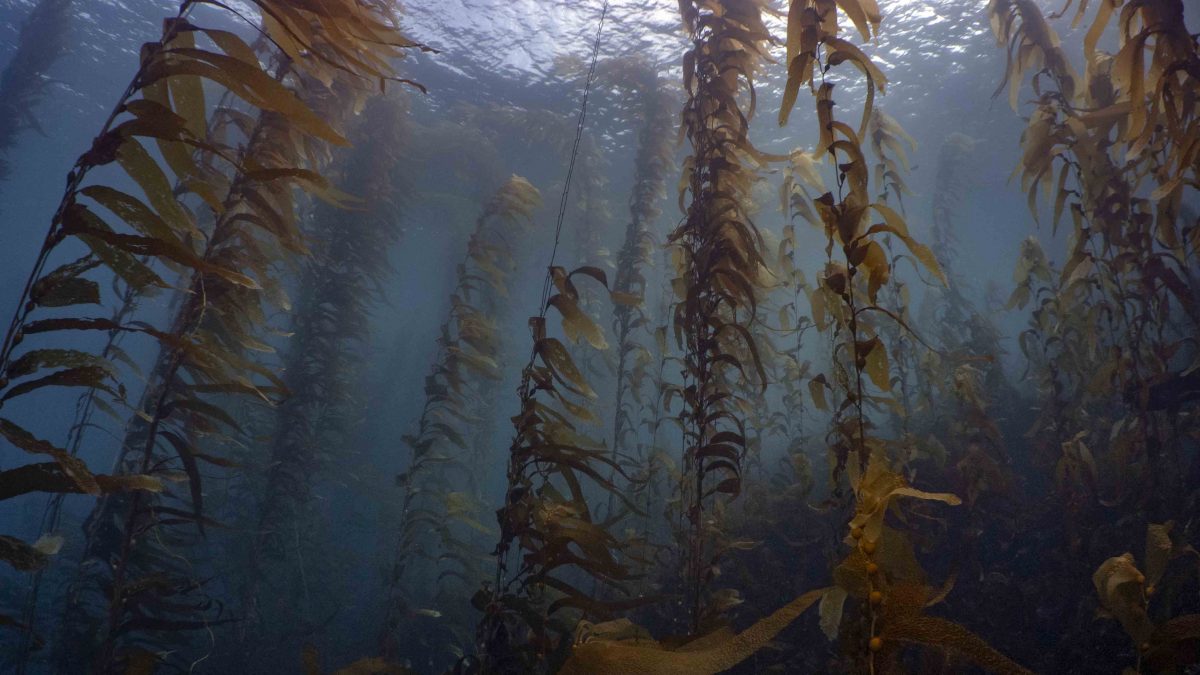
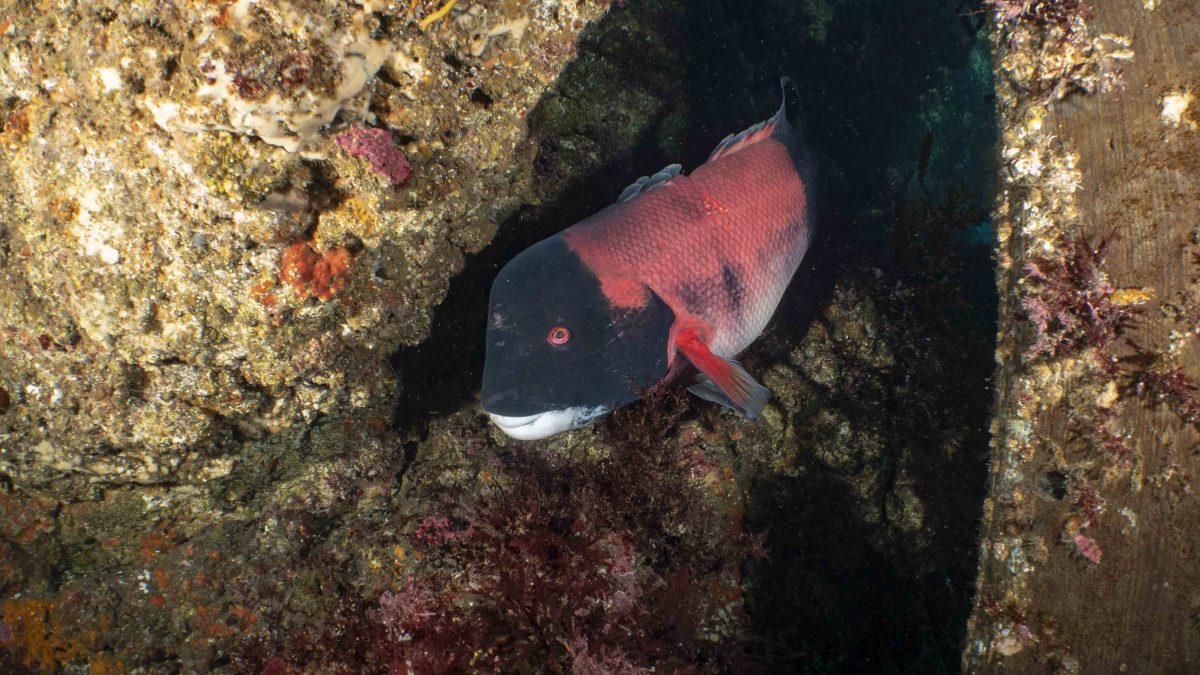
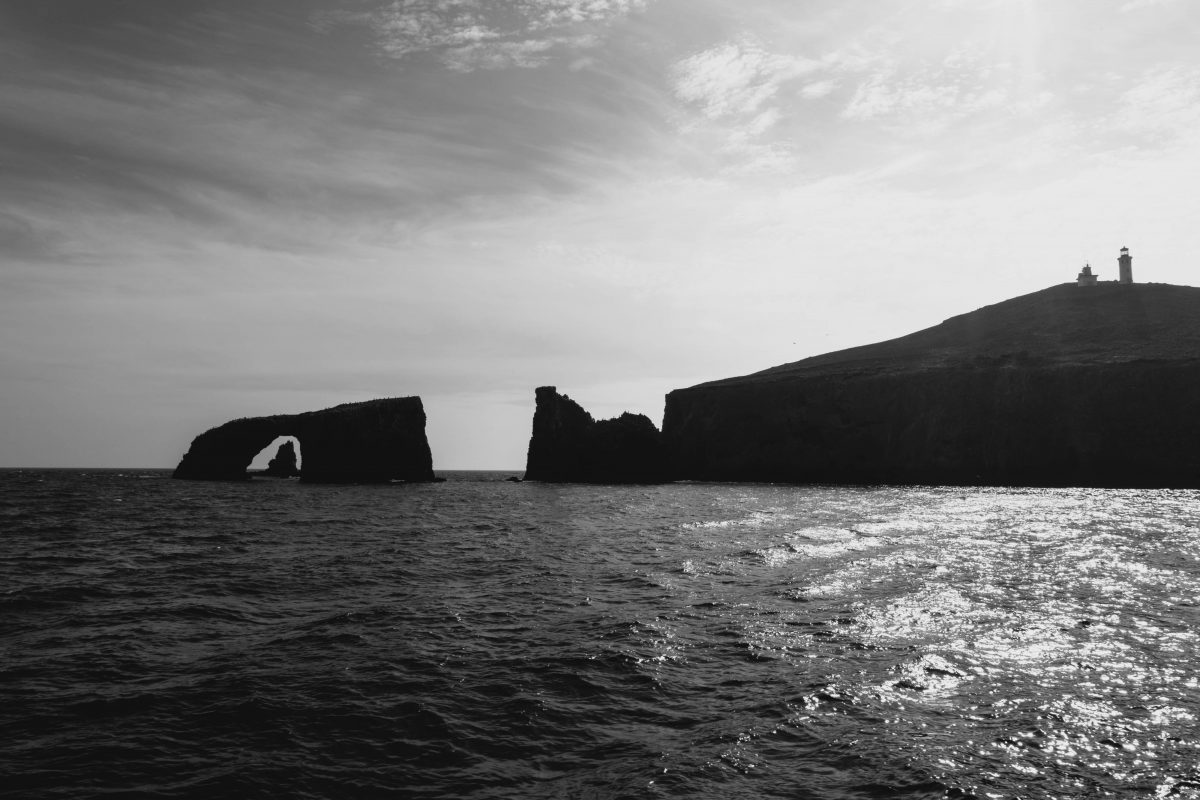
I cannot thank Shaun, Kelly, Dave and the US National Parks Services team for organising this incredible experience for me, and allowing me to dive the Channel Islands National Parks, especially given the time of year I visited!
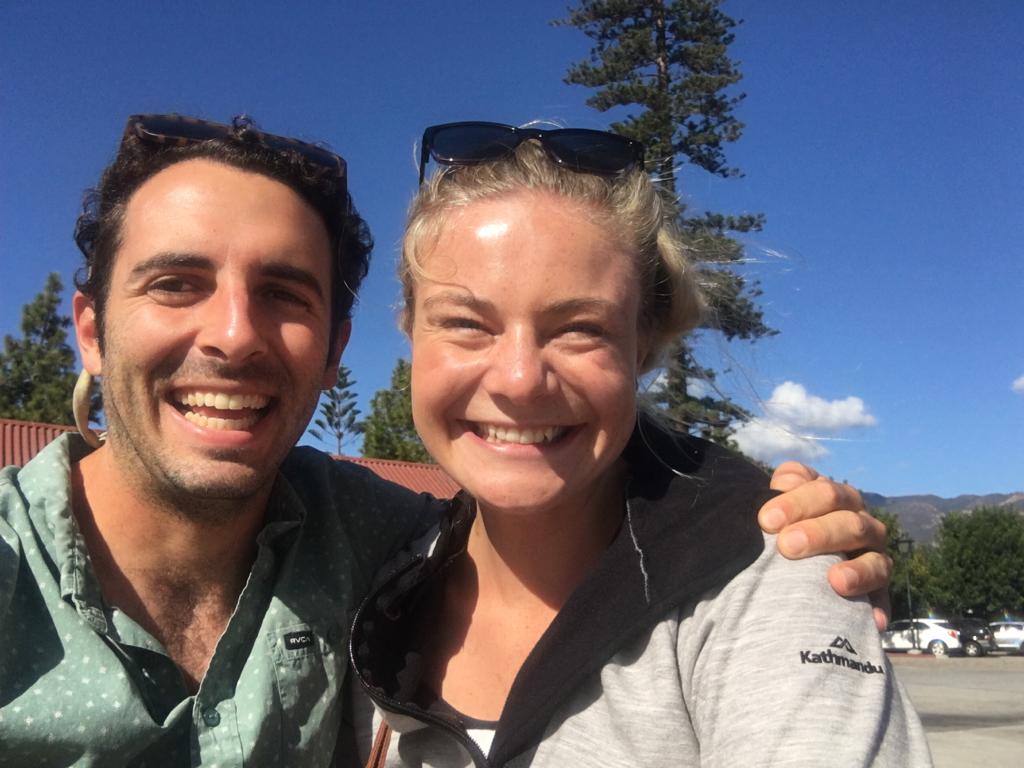
I hope you can all see another reason why temperate reefs are just as (if not more) important and colourful as the tropical reefs. It is critical that we make the general public more aware of the temperate reefs around the world, particularly when it comes to the changing climate influences we are seeing in our oceans.
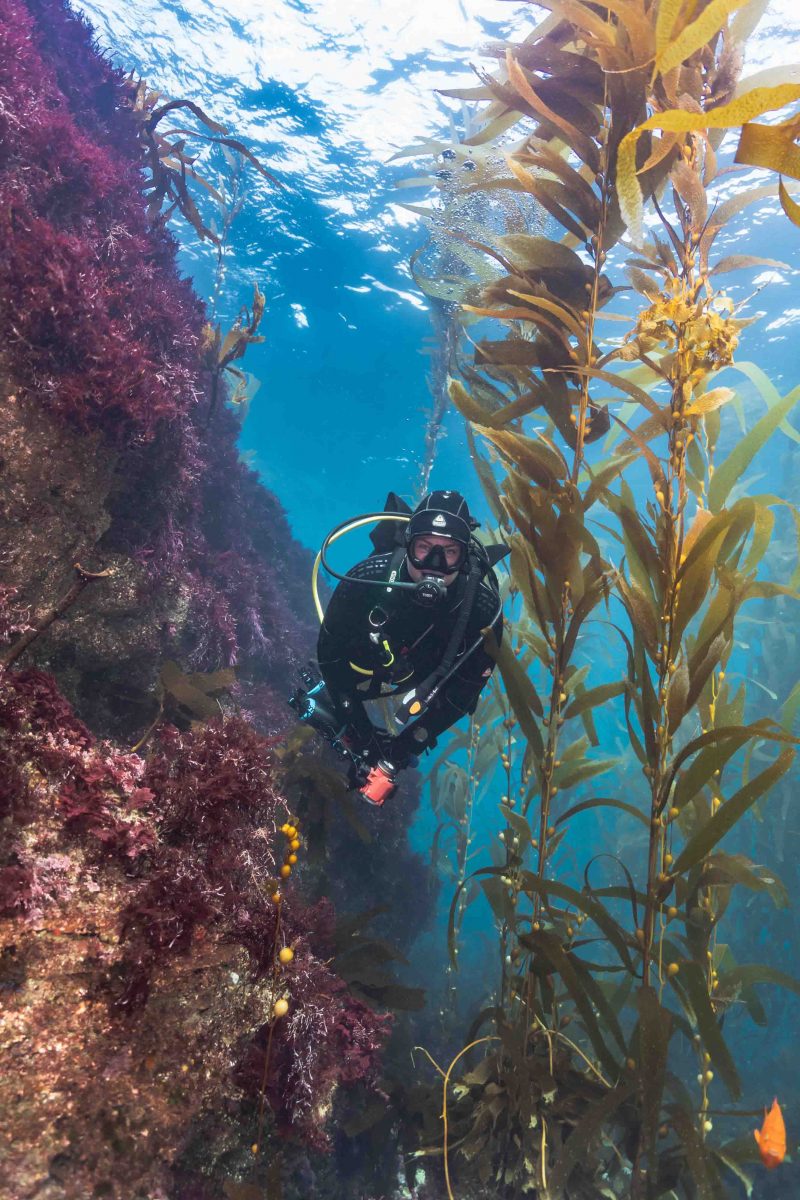
Next, I’m headed off to the incredibly famous Monterey Bay and the Monterey Bay Aquarium to find out more about educational outreach and the operations, research and science that goes on behind the scenes of aquariums.
As always, a big thank you to those who continually support my scholarship year: OWUSS, Rolex, TUSA, Waterproof International, DAN, PADI, Mako Eyewear, Reef Photo & Video and Nauticam.